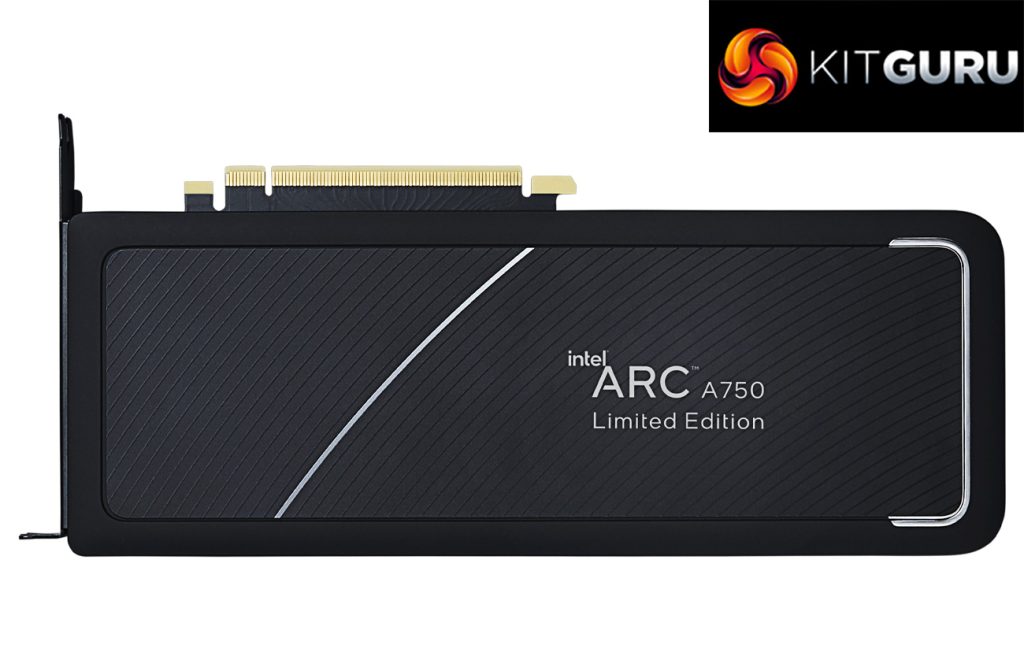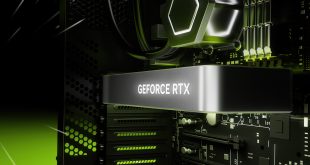With the GPU market dominated by Nvidia and AMD for as long as I can remember, it is hugely exciting to see a third player breaking into the discrete graphics segment. After first launching the low-end A380 exclusively in China, Intel has, at last, launched its mainstream options to the western market. This review is focused on the $289 A750 Limited Edition, but we do also have a day-1 review of the A770 Limited Edition that you can find HERE.
In all honesty, I had very little idea of what to expect when the Arc GPUs arrived on my doorstep. After spending the last several days testing a multitude of different games, engines and APIs, it is safe to say we now have a clear picture. And in my view, these GPUs just aren't ready for the mainstream market. Yet.
I add that caveat as generally speaking, the Arc hardware is impressive. The glimpses we have seen are very promising indeed, particularly the performance on offer in games such as Red Dead Redemption 2 and Dying Light 2 which far outstrip the competition at this price point. Ray tracing is a clear high point too, with Intel's 1st gen architecture rivalling the RTX 3060 in all of the ray traced games we tested – the same could not be said for AMD's first ray tracing architecture.

Intel's design of the Limited Edition cards is deserving of praise. Not only is the A750 visually alluring with its sleek, matte black aesthetic, but it runs quiet and cool – impressively so considering its compact nature. We did find the VRAM ran slightly hotter than the A770, but not by much and it's certainly nothing to worry about.
Instead, what holds the Arc GPUs back right now is the driver and software side of things. Throughout my testing, I experienced incredibly poor frame times in certain games, visual glitches that affected two of the twelve games I wanted to benchmark, as well as game crashes and even system BSODs. Performance in DX11 titles is also a huge problem for Arc, while Rebar is absolutely essential for a hope of a smooth gaming experience. I'd add to that by saying I wasn't trying to go out of my way to find problems. I simply set out to benchmark a wide variety of titles, and this was my experience.
As much as the hardware does show potential, and while we certainly want to give Intel a fair bit of leeway here as this is the company's first dGPU launch, our buying advice has to put those two factors to one side. At the end of the day, a manufacturer has come to market with a product and is now asking for your money – but based on my experience, I can't recommend spending the cash that is being asked.
Certainly not at the $289 asking price, at least. While this is an aggressive play by Intel, it doesn't go far enough in my opinion, not when multiple RX 6650 XTs are currently selling on Newegg.com for between $300-329. If the A750 was priced at, say, $199 then it might – might – be worth a gamble for an experienced PC gamer who is happy to deal with the accompanying driver issues, given the strong performance seen in some games.
But to crack the mass market, Intel's GPU team has a long road ahead of them. We remain optimistic that Arc could be a success in the future, as we say there certainly are glimpses of strong potential here, and we look forward to testing the A750 and A770 as major updates land and hopefully change the picture.
Right now, however, isn't the time to jump on the Arc.
The Intel Arc A750 Limited Edition has an MSRP of $289, and Intel is adamant that cards will be in stock and selling for that price on October 12. We're still unclear on UK availability and pricing but will update this article when we know more.
Discuss on our Facebook page HERE.
Pros
- Impressive ray tracing performance for a 1st gen architecture.
- Outperforms the RTX 3060 handily in certain games.
- Well-designed Limited Edition cooler.
- Overclocked fairly well.
- A750 offers better price-to-performance than A770 16GB.
Cons
- DX11 performance is woeful compared to DX12 or Vulkan.
- Resizable BAR support is an absolute must.
- We experienced numerous crashes, visual glitches and BSODs while testing.
- Frame times can be incredibly erratic in certain games.
- Overall efficiency is poor compared to RDNA 2.
- Pricing isn't currently aggressive enough to warrant the significant risk of purchase.
KitGuru says: We can't see Intel's entry to the dGPU market space as anything other than a good thing. Right now, however, the company has a lot of work to do before we can recommend purchasing an Arc graphics card.
 KitGuru KitGuru.net – Tech News | Hardware News | Hardware Reviews | IOS | Mobile | Gaming | Graphics Cards
KitGuru KitGuru.net – Tech News | Hardware News | Hardware Reviews | IOS | Mobile | Gaming | Graphics Cards


